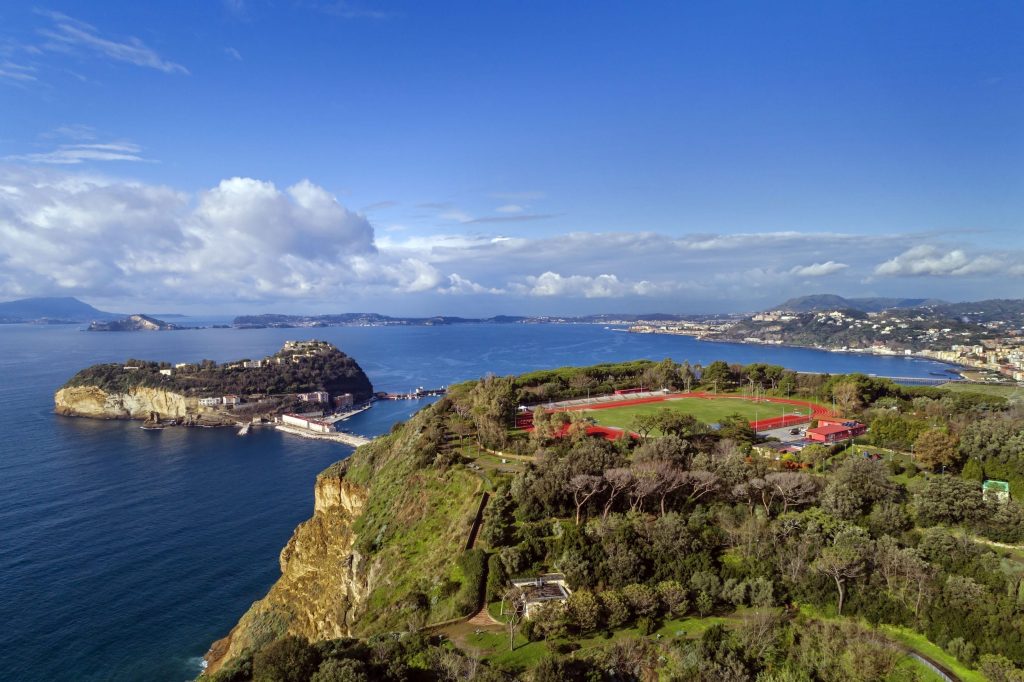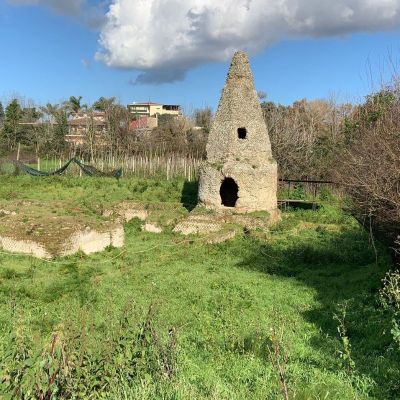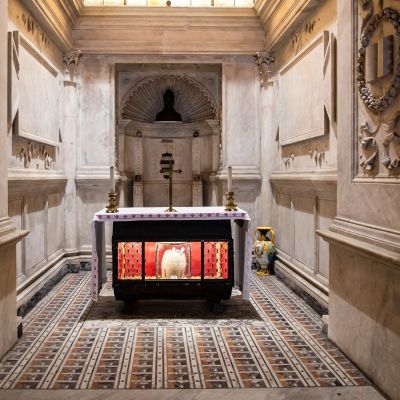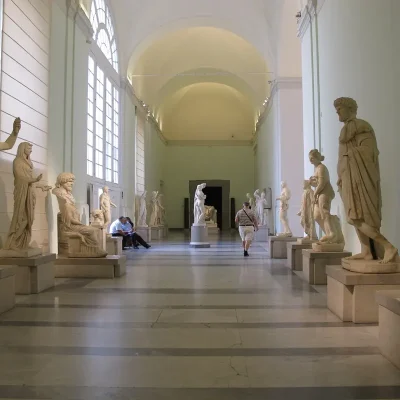A New Dawn for Posillipo’s Green Lung
Naples’ cherished Parco Virgiliano, a green haven in Posillipo, is set for a stunning transformation. With a budget of around 3.7 million euros allocated by the City of Naples, this project aims to rejuvenate one of the most beautiful and picturesque parks in Naples. Positioned on the Posillipo promontory overlooking the Gulf, Virgiliano Park is not just a sight for sore eyes but also a popular spot for locals and tourists alike, offering open-air leisure and sports activities.
The Project Unveiled
The park’s overhaul involves two phases of renovations, funded by the Strategic Plan of the Metropolitan City of Naples and the Support Plan for the PNRR Large Cities. Each phase spans 12 months, focusing on enhancing various park areas, improving services and infrastructure, and boosting biodiversity.

Phase One: A Fresh Outlook
Guided by architect Silvana Santagada, the first phase of the RTP Pervinca project focuses on rejuvenating different park areas and gardens. This includes redefining playgrounds, refurbishing pathways and the fountain, enhancing services, and botanical interventions to protect and increase biodiversity.
The makeover will see the Mediterranean garden, plateau, cavea, pinewood, and belvederes revitalized. Three new playgrounds – including an organic-shaped area with shock-absorbent flooring, a zip-line play area, and a children’s bike track – are set to entertain the little ones. Deteriorated elements will be replaced with Lazio tufa, and the fountain will get a new basin lined with lava stone.
Phase Two: A Grand Entrance
The second phase, managed by the Technical Service for the design and management of large urban parks of the City of Naples, addresses the main entrance’s deterioration. This involves restoring and securing the entrance columns and amphorae, refurbishing the iron fence, and revamping the entrance portal’s paving. The current bricks will be replaced with lava stone, flanked by wide tufa bands and new flowerbeds with benches. Additionally, a new video surveillance system will be installed at the park’s entrance. Among the new trees, there will be fresh plantings of Pinus Halepensis.
Get ready to witness the rebirth of Parco Virgiliano, transforming it into an even more inviting and vibrant space for everyone to enjoy! 🌳🌺🌄





